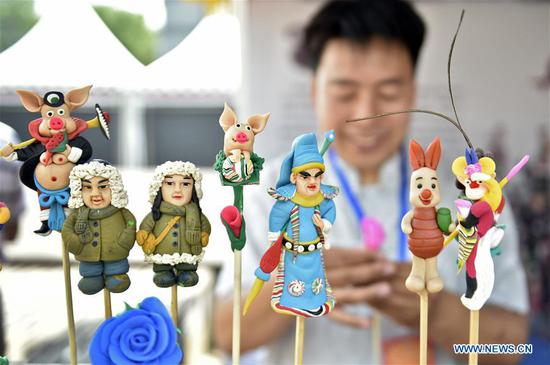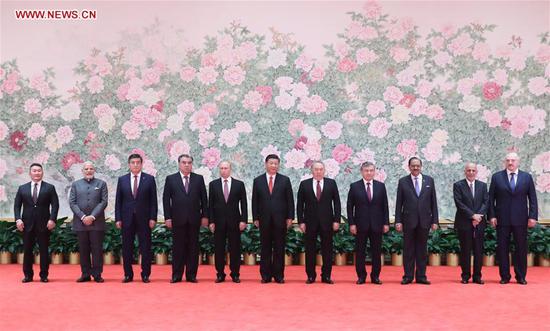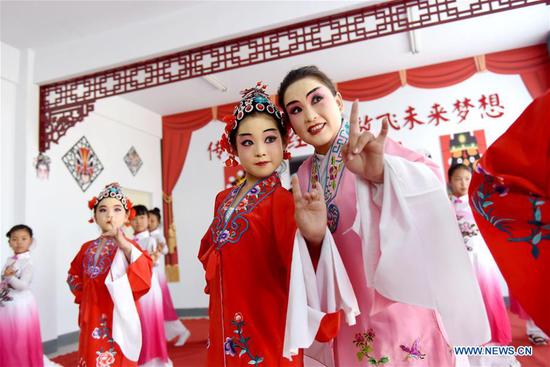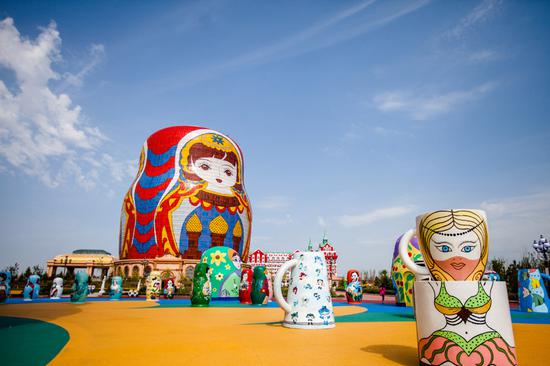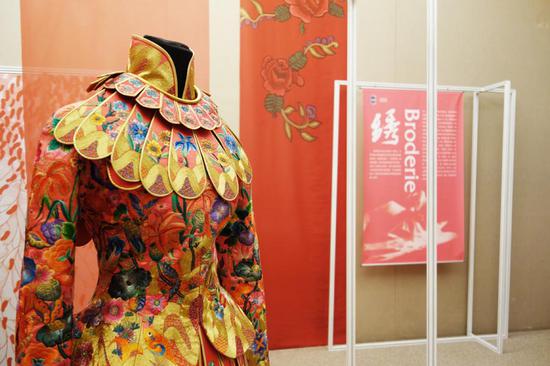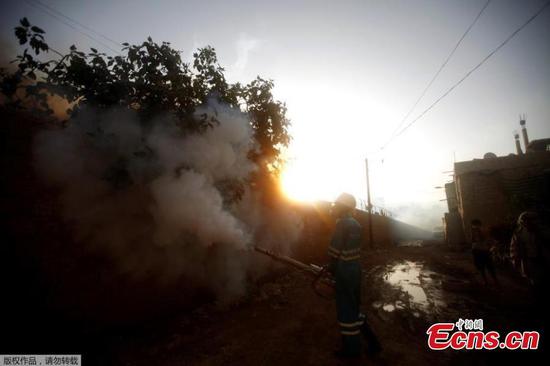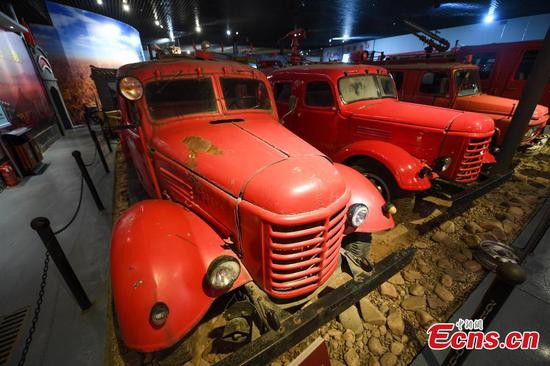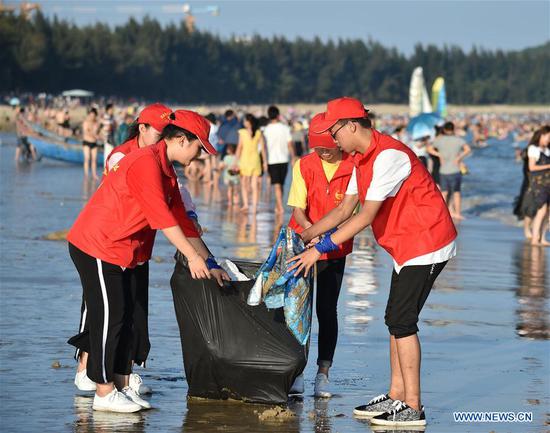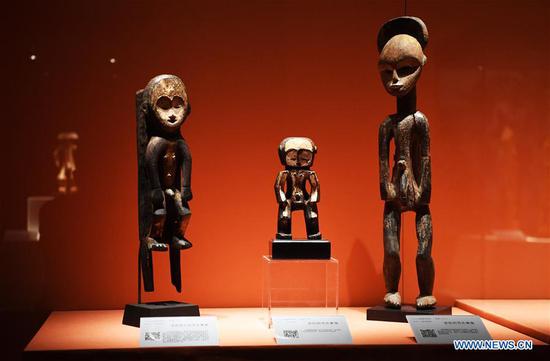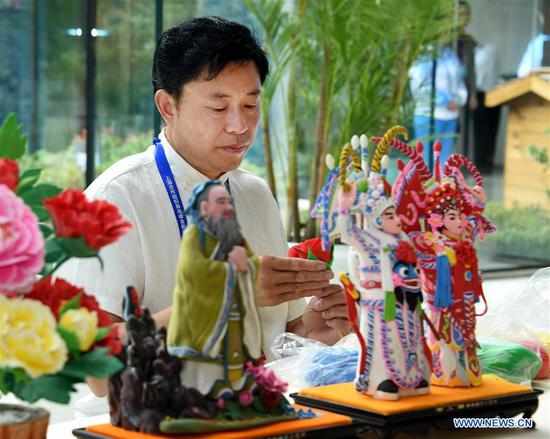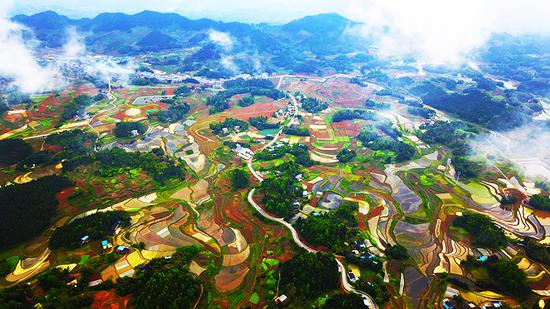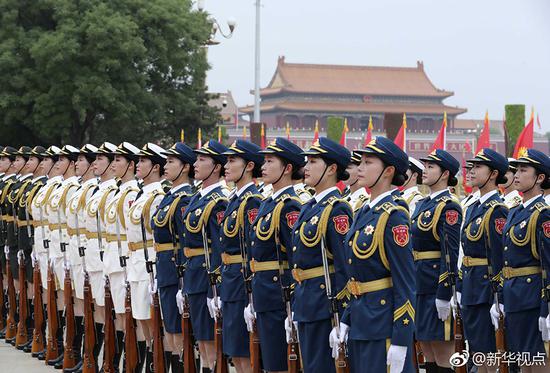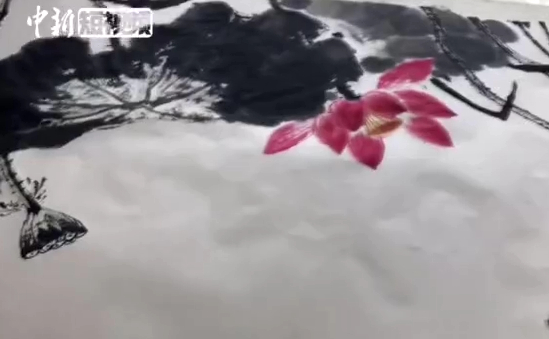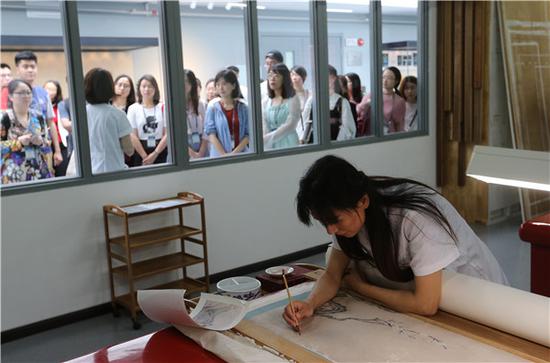
Visitors observe as a painting is repaired at the Palace Museum on Saturday, China's Cultural and Natural Heritage Day. (Photo by Jiang Dong/China Daily)
The Hospital for Cultural Relics, a state-of-the-art preservation center designed to protect and treat national treasures at Beijing's Palace Museum, opened to the public on a trial basis on Saturday, coinciding with China's Cultural and Natural Heritage Day.
The first group of 40 visitors, who made reservations in advance via the museum's website, were able to see for themselves how experts preserve precious objects.
More than two dozen volunteers recently finished training and began explaining the preservation process in detail to visitors.
"The volunteers help visitors realize the importance of protecting and restoring relics," said Shan Jixiang, director of the museum.
The Hospital for Cultural Relics will be officially open to the public via online reservations in the near future, with visitor numbers managed to allow experts to carry out daily restoration work.
Public interest in the process surged after the documentary Masters in the Forbidden City was aired in 2016.
The hospital, with around 200 professional restorers, is China's largest cultural heritage conservation center. Museum exhibits, including paintings and calligraphy, porcelain, bronze works, furniture, textiles and timepieces have been treated.
The facility features cutting-edge CT scanning equipment exclusively designed to display the interior of objects without harming their structural integrity.
Going forward, Shan said, relics will undergo CT scans and be given a scientific diagnosis before restoration. A notecard will be written for every piece in the museum, noting its composition, original use, damage, restoration history and preservation methods used.
Volunteers, who were selected from among 871 candidates, are mainly teachers, postgraduates and doctoral students. Television and radio hosts also serve as volunteers.
Xu Yuting, a screenwriter, volunteered to help explain the restoration of wooden furniture to visitors. On one occasion, she introduced a table plaque in the shape of the Chinese character shou (longevity) that dates back to the reign of Emperor Yongzheng (1722-35). It was recently restored, and she pointed out the detailed work restorers had done to repair its red-crowned crane decoration.
"Relic repair is a dynamic process. Considering that the table plaque was once in front of Emperor Yongzheng, I feel a connection beyond the ages," Xu said.
She said volunteers have been tutored in history. "The key is to maintain a personal style while better conveying practical information to visitors," she said.
Cheng Yuanziye, a volunteer and China Radio International broadcaster, said the technical terms and processes were difficult to understand at first.
Wang Jin, a timepiece restorer who rose to fame after the 2016 documentary and who has tutored volunteers, said: "The volunteers are in high spirits, and visitors truly appreciate their help."
Peng Dai, a college student majoring in Chinese musical instruments, said: "As the younger generation, we cannot be satisfied by just looking around at the architecture and exhibits inside the Palace Museum. We are hoping to know the stories behind the exhibits. A visit like this, with volunteers' explanations, can provide us with more knowledge so that if we're interested, we know how to study further."
As a visitor, Peng has been longing to go inside rooms rather than simply peering through glass windows. Yet she understands that without professional training, a little bump might cause great damage.
In 2017, China designated the second Saturday of June as the annual Cultural and Natural Heritage Day to raise awareness of national treasures.















